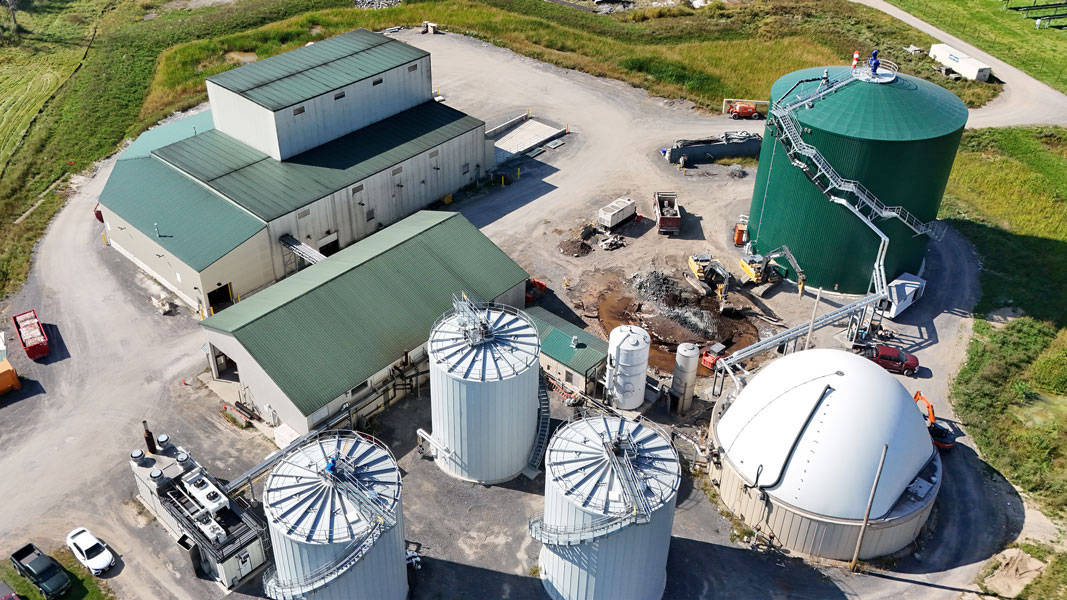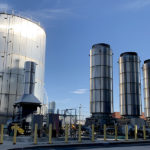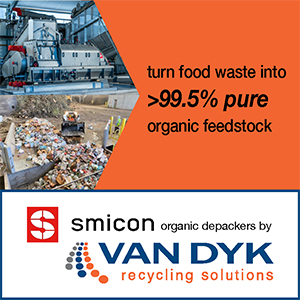Top: Generate Upcycle’s Cayuga Digester, Auburn, New York. Photo courtesy Generate Upcycle
Generate Upcycle (Upcycle), a leading circular waste management company and North America’s largest producer of renewable natural gas (RNG) from food waste, released its 2025 Impact & Insights Report. In 2024, the company’s operations focused on expanding renewable energy output and circular waste solutions. It generated 107 gigawatt-hours (GWh) of renewable electricity and produced 490,000 gigajoules (GJ) of RNG. Upcycle recycled 1.1 million tons of organic waste across its facilities in the U.S., Canada, and the United Kingdom, producing 857,000 cubic yards of compost, soil, and mulch.
To accomplish these milestones, Upcycle made significant investments in infrastructure, such as the $30 million upgrade to its Cayuga Digester in Auburn, New York. This project doubled the facility’s capacity, enabling it to process 90,000 tons/year of food waste that yields an estimated 195,000 MMBtu of RNG annually. The retrofit to the Cayuga anaerobic digestion facility, which had its grand reopening in mid-September, includes capacity to sort and bale recyclable packaging materials prior to depackaging the food waste streams, a valuable step in reducing landfill waste. “We’re particularly excited about the Cayuga facility because it not only allows us to process organic waste into renewable natural gas, but we are also able to capture significant amounts of recyclable packaging materials,” says Bill Caesar, President of Generate Upcycle. The facility also produces 20 million gallons/year of nitrogen-rich digestate that is land applied on over 1,000 acres of local farmland.
Upcycle owns and operates 12 anaerobic digestion (AD) sites across three countries. The company projects that once all planned projects are complete, it will have capacity to produce nearly 1.5 million GJ of RNG annually. By the end of 2025, Upcycle expects to have nearly doubled its energy production capacity from early 2024 levels.













